In order to make your food taste good, your favorite restaurant is most likely using way more salt than you think they are (among other pro secrets). Which is why when you ask just about any professional cook what the biggest problem with most home-cooked meals are, they almost always answer that they're "undersalted" or "underseasoned." (In cooking lingo, to "season" food means to salt it.)
And don't think salt is just going on the fries and the meat. Restaurants just love sneaking a little sea salt onto salads, chocolate, caramels, and just about anything else that isn't your drinking water. And for good reason: to make food pop, there's really nothing that even comes close to salt.
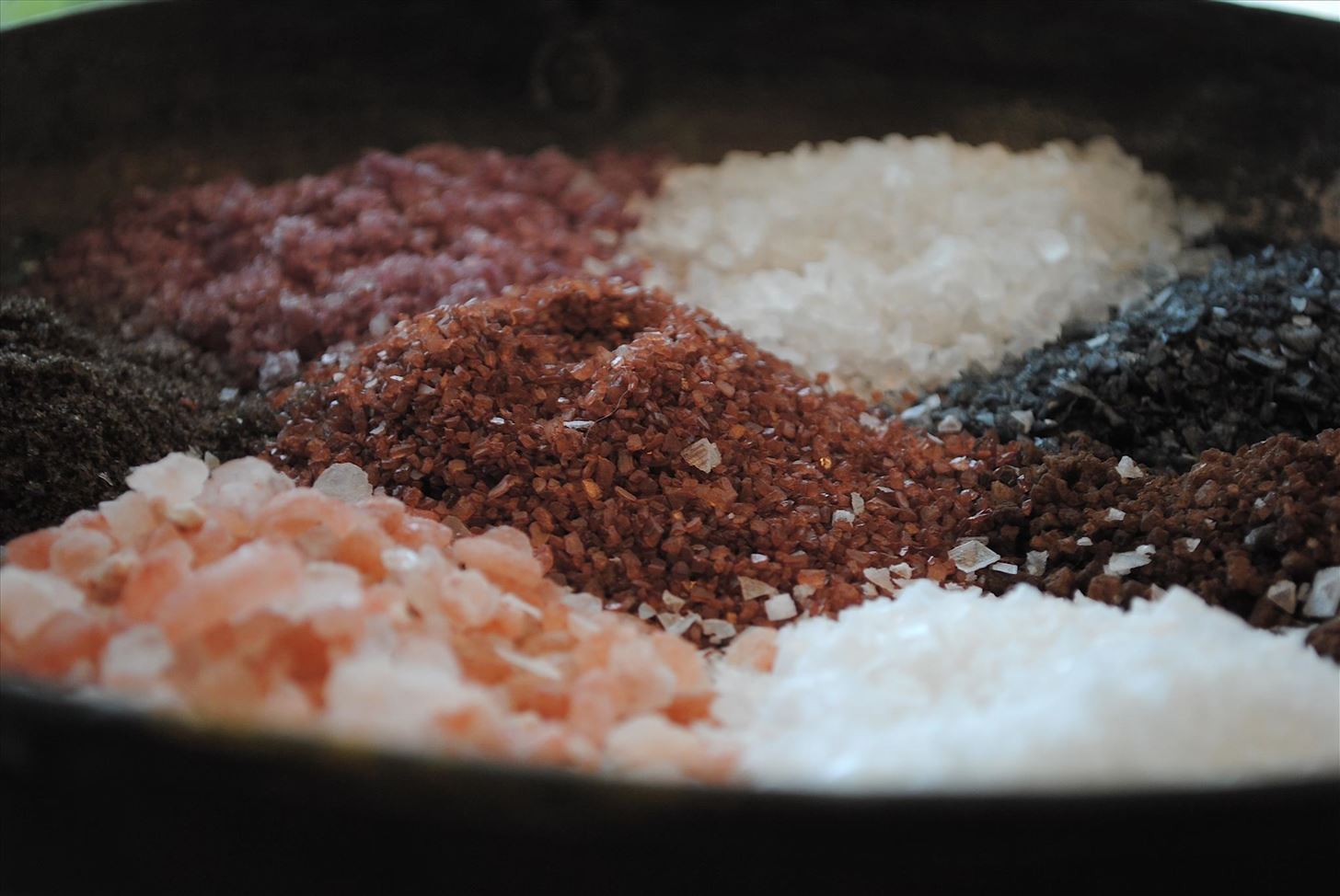
Understanding salt—that is, understanding how salt affects our taste buds, how its unique chemical structure enhances flavor, and how certain types of salt work best with certain types of food—is probably the single best thing a home cook can do to really take their cooking to the next level.
So How Does Salt Work?
Sodium chloride (aka salt) is unique among flavoring agents, especially considering how it reacts to water. According to Harold McGee's On Food and Cooking, when salt is dissolved in water it splits into a positive ion (sodium) and a negative one (chloride). This allows salt to deeply penetrate into food, and also draws water out of the food, preventing spoilage while enhancing the flavor.

Of course, there can be too much of a good thing. Too much salt can overwhelm rather than enhance, which is likely why many a home cook is shy with the stuff. It's a hell of a lot easier to add salt than subtract it. However, in order to get really great-tasting food on your table, you're going to need to learn how to salt it up the right way.
How Salt Makes Food Taste Better
The science behind how salt makes food taste better is complex, and scientists are still figuring out exactly why humans are so in love with the stuff. But we have a pretty good idea of some of its key effects on food and how we taste it when salt's in the mix.
Salt changes the flavor of food in a couple pretty miraculous ways. Since we need sodium to survive, we have evolved to crave it in fairly large quantities. Salt tends to overwhelm other unpleasant flavors like bitterness, too.
According to Russell Keast, Paul Breslin, and Gary Beauchamp of the Monell Chemical Senses Center, this can be attributed directly to the sodium portion of sodium chloride. Sodium masks those bad flavors which in turn makes other, more desired flavors taste less muddled and "brighter." We thus ultimately perceive salty food (that is, food with a high sodium content) as tasting better.
Know When to Salt Your Protein
Salt is indispensable when it comes to cooking meat. Brining, in which a cook soaks meat in liquid and salt before cooking, also changes food's flavor in a seemingly counterintuitive manner. Brining meat will cause it to retain moisture by denaturing proteins, which allows liquid to infuse and thus results in more tender, more flavorful meat.

Aside from brining, pre-salting cheaper cuts is also a classic way to help make a tougher piece of meat more palatable. However, as Food and Wine writer Oliver Schwaner-Albright points out, there are two camps of cooks: those who believe in salting meat well ahead of cooking (up to one day) and those believe in seasoning it only right before it gets cooked.
Schwaner-Albright set out to test which method was best. His conclusions? For the tastiest lamb and chicken, salt them one day in advance. For pork and steak, season them right before they are cooked.
What About Vegetables?
When cooking with watery vegetables like zucchini, tomatoes, or eggplant, it's best to disgorge them first. In this process, you use salt to draw out excess liquid that might disrupt your dish and add flavor (for instance, you really don't want watery eggplant as the base for your parmigiana).
Prep your vegetables, whether that means slicing or grating them. Then sprinkle a thin layer of salt on one side and let them sit for 10 to 15 minutes. If your veggies are sliced, flip them over and salt the other side. Blot or drain away any excess liquid and salt.

When blanching vegetables, you can add salt to the water so that it adds flavor, in much the same way cooks salt boiling pasta water. It's also a good idea to salt vegetables before you roast them. Adding salt after the fact can make the salt flavor stand out on its own when what you want it to do is enhance the flavor of the vegetable (and, potentially, play down bitterness.)
As for steamed vegetables, we say salt them after the steaming is done. This method is the gentlest way to cook vegetables and often brings out their inherent flavors and sweetness, so you'll need only the tiniest bit of salt to brighten their taste.
Can You Un-Salt a Salty Dish?
Salt is easy to add and almost impossible take away, so be judicious in your seasoning. This is often why home cooks undersalt food: oversalted food is truly nasty and can rarely be rescued. The best way to make sure your dish is properly salted is to taste as you go.
You might have heard the old wives' tale that adding a potato to an oversalted soup will supposedly draw out excess salt. Which it will... but the effects are almost completely negligible. Greg Blonder at Genuine Ideas tested the potato trick and found that at potatoes submerged in salt water only drew out 4 parts per 100 of salinity, or half a tablespoon out of 15. He also found while "potato sponges" absorb a minuscule amount of salt, they also absorb moisture and flavor.

In short, if you've oversalted a dish, your only real recourse is making more of it sans salt and to mix in the new batch with the original dish to dilute the salinity. Sorry, potatoes.
What Is Iodized Salt?
Most common table salt bears the label "iodized." This means that the element iodine has been added to the salt. Iodine is a non-metallic mineral that was added to salt to prevent thyroid issues, like goiters, slowed metabolism, and other medical issues.

However, food that naturally contains iodine is abundant these days, which was not the case back in 1924 when iodine was first added to salt.
Many cooks avoid iodized salt because they don't want additional additives in their food. Iodine is naturally occurring in the ocean, so if you still want a little more iodine in your daily diet, buy sea salt.
Using Salt to Finish a Dish
Professional cooks often like to add salt just prior to serving a dish. It's added at the absolute last second for a couple reasons. One, the salt will taste slightly "brighter," as it will not have time to lose its structure or blend with elements of the dish. It will add a note of pure and piquant, well, saltiness to the food. Two, that same structural integrity adds a pleasing crunch to a dish, as the salt crystals have not had time to lose their unique shape as a result of residual heat and moisture.
Most chefs like to use fleur de sel to finish food, mainly because it has an outstanding purity of flavor that's best used to offset a dish rather than to season it during the cooking process. It's also great at enhancing sweetness, too, which is why you'll often see desserts at high-end restaurants with a fleur de sel flourish atop their otherwise sugary surfaces.

Which Salt Should I Use to Finish or Season Dishes?
Chemically, all salts are identical, usually consisting of at least 95 percent sodium chloride. There are minute differences depending on where the salt was sourced. For instance, pinkish or reddish-colored salts often have traces of iron oxide, commonly known as rust. But the big difference is in crystal size, and how those crystals allow or do not allow salt to penetrate food.
Common table salt has the smallest crystal size and thus can penetrate deeply into the food. Conversely, salts with larger crystals tend to stay on the surface of food, creating a salty crust.

This is why your best salts for brining and bulk seasoning are your basic table salts that you can find at almost any grocery store. Their fine, small crystals will dissolve easily in the brine and are ideal for penetrating deeply into the food.
One thing to note: regular table salt and kosher or sea salts measure differently, due to the difference in their shapes. As this Serious Eats article explains, a cup of table salt will be twice as salty as a cup of kosher salt. This is because the kosher salt is flaky and composed of irregular shapes, which means there is less actual salt in the cup. So beware if you're measuring by volume rather than weight.
Your nicer salts (which tend to be irregularly shaped, like kosher salt) are primarily used for finishing, and should be applied after cooking. Coarse sea salt is wonderful on desserts, and its chunky crystals are great for creating a crust on red meats. Red Hawaiian salt, which has traces of clay, is often used on pork. And as mentioned above, the amazing fleur de sel, which is renowned for being very fine, very complex, andvery expensive, is traditionally added to a wide variety of dishes just prior to serving to give them that little extra pop.
However, you don't have to run off and find the most expensive variety to use in your cooking. Even the most basic salt will definitely make your food taste better. Any cook worth his or her salt will say the same.
Just updated your iPhone? You'll find new emoji, enhanced security, podcast transcripts, Apple Cash virtual numbers, and other useful features. There are even new additions hidden within Safari. Find out what's new and changed on your iPhone with the iOS 17.4 update.








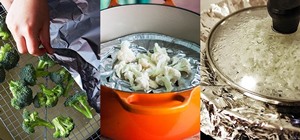


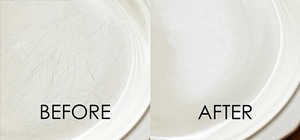






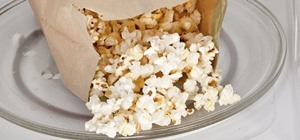
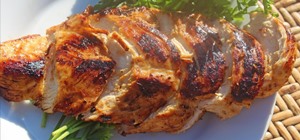
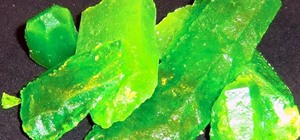


1 Comment
What about mixing aluminum and other toxic content in fine table salt (for easy sprinkle)!.
Share Your Thoughts